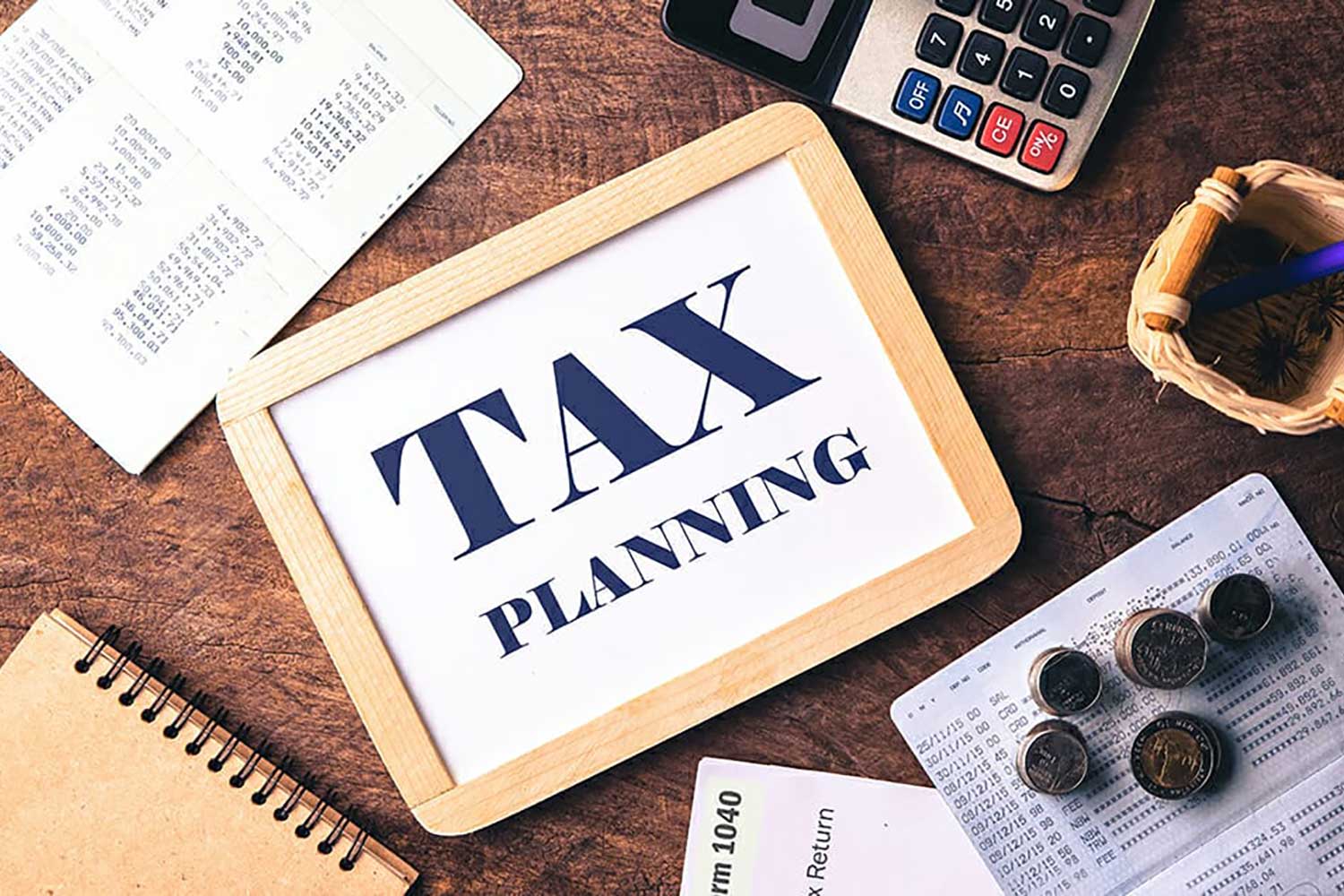Navigating the complexities of self-employment and business income is crucial for Canadian families managing family-owned…

Taxable vs. Non-Taxable Benefits
In Canada, employees receive various types of benefits as part of their compensation package. These benefits can be taxable or non-taxable, depending on the type of benefit and the circumstances of the employee.
Taxable benefits are those that are subject to income tax and must be reported on an employee’s T4 slip at the end of the year. Examples include company cars, employer paid parking, housing or living allowances, and employer-paid training courses.
Non-taxable benefits on the other hand, are not subject to income tax and do not need to be reported on an employee’s T4 slip. Examples of non-taxable benefits include medical and dental benefits, certain disability benefits, and certain travel expenses.
It’s important to note that some benefits may be partly taxable and partly non-taxable. For example, if an employer provides an employee with a cellphone for business and personal use, the portion of the phone usage that is for personal use may be considered a taxable benefit.
Employers are responsible for ensuring that they correctly determine and report taxable and non-taxable benefits for their employees. Employees should also be aware of the tax implications of their benefits to avoid any surprises at tax time.
Benefits:
An employee has received a benefit if an employer pays for or gives something that is personal in nature directly to one’s employee or to a person who does not deal at arm’s length with the employee (Employee’s spouse, child or sibling). As an employer, a business is responsible for:
- Determining whether the benefits provided are taxable
- Calculating value of the benefits provided
- Making appropriate payroll deductions
- Filing an information return.
Taxable Benefits:
Tax treatment of a benefit is dependent on the whether an employee or officer receives an economic advantage that can be measured in money, and whether that individual is the primary beneficiary of the benefit. The benefit may be paid in cash (such as meal allowance or reimbursement of personal cellular phone charges) or provided in manner other than cash such as parking space or a gift certificate. Some Examples of taxable benefits include (but not limited to) are:
- Use of an Employer provided automobile.
- Educational allowances for children
- Near-cash gift or awards
- Tips
- Life insurance premiums
- Boarding, lodging, and low-rent or rent-free housing
Non-taxable benefits:
If a benefit does not provide an economic advantage directly to the individual where the primary beneficiary of the benefit is not the employee, these benefits are non-taxable. Some examples of non-taxable benefits include (but not limited to) are:
- Professional membership dues for employees where the employer is primary beneficiary.
- Non-accountable moving allowance of $650 or less
- Parking benefit for a disabled employee
If you have any questions regarding taxable or non-taxable benefits paid by your business, please don’t hesitate to contact us. Shajani LLP Chartered Professional Accountants and Advisors have a team of Calgary Accountants, Edmonton Accountants and Red Deer Accountants ready to assist you in your personal and corporate tax filings and tax planning strategy.
This information is for discussion purposes only and should not be considered professional advice. There is no guarantee or warrant of information on this site and it should be noted that rules and laws change regularly. You should consult a professional before considering implementing or taking any action based on information on this site. Call our team for a consultation before taking any action. ©2023 Shajani CPA.
Shajani CPA is a CPA Calgary, Edmonton and Red Deer firm and provides Accountant, Bookkeeping, Tax Advice and Tax Planning services.




